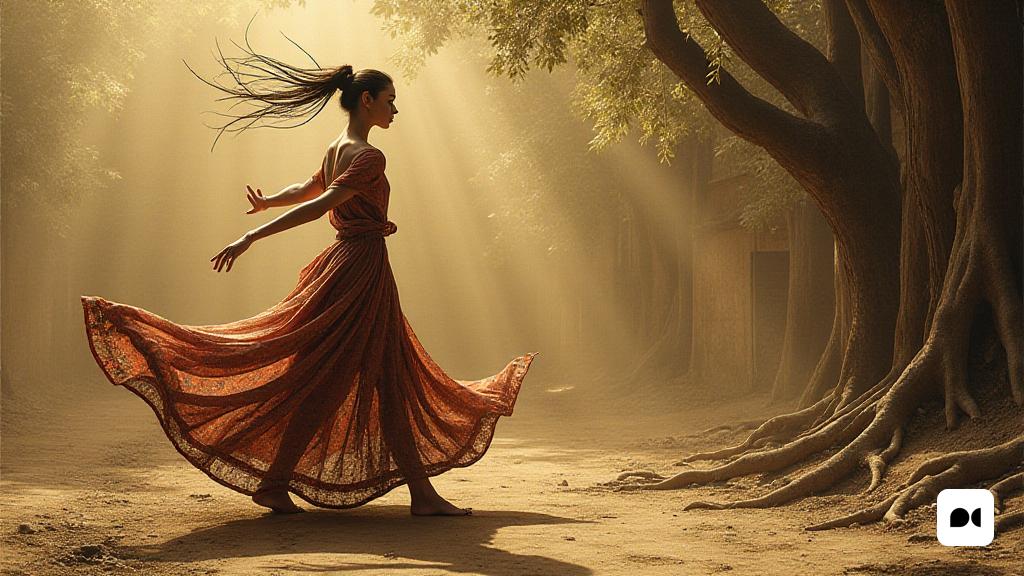A dialogue between tradition and innovation
The verse of Mercè Rodoreda, who tells us about the essence of being always present and at the same time connected to the roots, is perfectly applied to the root radical dance cycle, which has taken place in the Mercat de les Flors between April 3 and May 3. This initiative, as Jaume Forés Juliana has commented, marks a highlight in the first plan for the promotion of root dance promoted by the Generalitat de Catalunya.
Artists and creations that mark tendency
During this month, we have had the opportunity to enjoy the performances of artists such as Víctor and Raúl Pérez Armero, Laia Santanach, and Manuel Liñán, among others. Each of them has given a unique look at cultural roots, exploring elements such as flamenco, sardana, jota and muiñeira, and reinterpreting them in an amazing and far from the notion of purity.
Maja y bastarda: a personal and artistic journey
An emblematic example of this exploration is the creation ‘Maja y bastarda’ by Laila Tafur. This work not only represents a return to the roots, but also tells his return to Andalusia after a long stay in Barcelona. As he shared the choreographer in a recent colloquium with Joaquín Collado, his experience inspired her to connect with flamenco in a more intimate and personal way.
A reinterpretation of flamenco
Tafur describes ‘Maja y bastarda’ as a work that approaches flamenco ‘through the back door’, approaching tradition with a fresh perspective. Presented as a ‘maja’, it evokes the freedom and strength of a 19th -century social class, and challenges traditional notions through humor and creativity.
A show that fuses styles
Each section of the show is presented as a flamenco stick, but also as a number that flows between the cabaret and the contemporary dance. The lighting of Xesca Salvà and the wardrobe created by Jorge Dutor and Carmen Corsano provide a vibrant visual dimension, which aligns with the various influences of the work, combining traditional elements with modern references.
A unique sound experience
The sound design, prepared by Isabel do Diego i Tafur, has been enriched by Charo Martín’s consultancy, creating a ‘folklore frankenstein’ that mixes various musical traditions in a unique harmony. This amalgam of sounds and rhythms aligns with the vision of Tafur, who seeks to deconstruct the roots through a creative fusion.
Vindication and creation: a new beginning
Tafur has invested more than two years in developing his own choreographic vocabulary, which reflects his deep research on dances and their roots. In addition, his humor and charisma are evident in a performative conference number that explores the unknown origins of a famous singer, a narrative that resonates with the idea of freedom and renewal.
A reflection on inheritance
Through ‘Maja y Bastarda’, Tafur invites us to reflect on cultural memory and inheritance, while encouraged us to see the return as an opportunity to reinvent itself. In a world where traditions are constantly reinterpreting, this show is presented as a brilliant example of how they can merge past and present.
A promising start for the cycle
With shows such as ‘Maja y Bastarda’, the radical root cycle promises to be a space of creativity and innovation that celebrates cultural roots while transforming them. This cycle start is a testament to the vitality of dance and its ability to evolve and connect with the audience in a significant way.

